Josh Frydenberg was pleased with last week’s midyear economic review issued by Treasury. He preened himself, opining that the Covid spendathon had kept the economy ticking over and that the future was a deluge of new jobs, higher incomes, and what he described as one of the world’s ‘strongest recoveries’.
Already a subscriber? Log in
Subscribe for just $2 a week
Try a month of The Spectator Australia absolutely free and without commitment. Not only that but – if you choose to continue – you’ll pay just $2 a week for your first year.
- Unlimited access to spectator.com.au and app
- The weekly edition on the Spectator Australia app
- Spectator podcasts and newsletters
- Full access to spectator.co.uk
Or

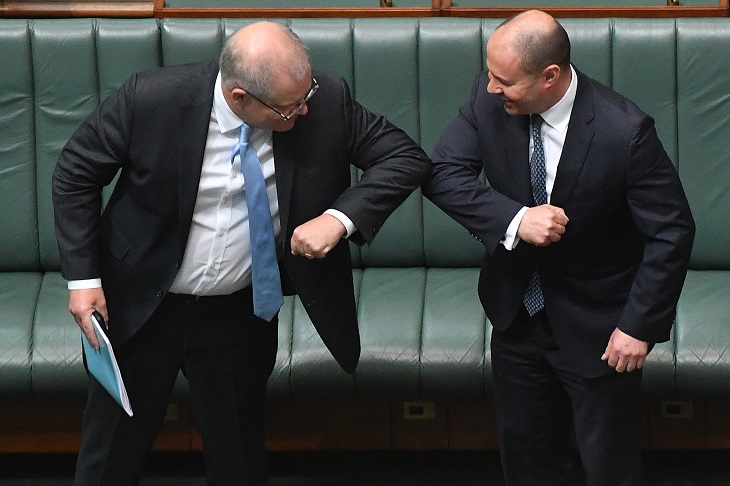
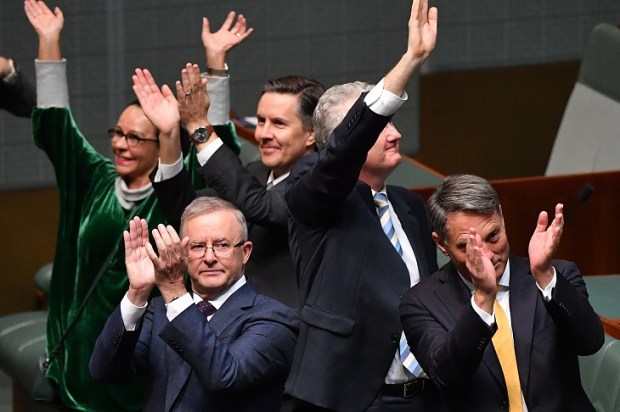
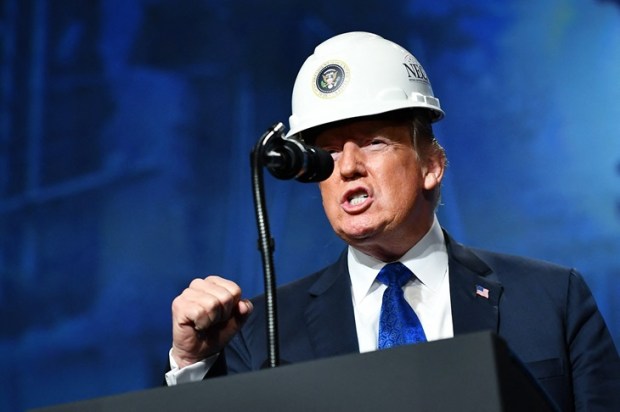

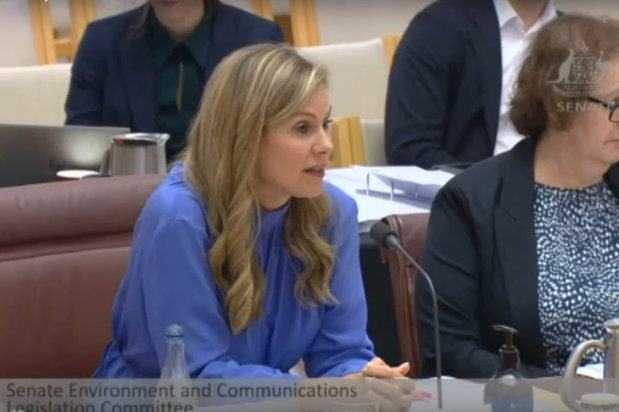
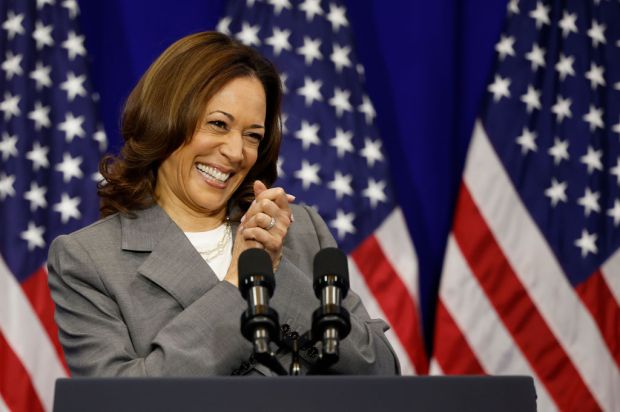



















Comments
Don't miss out
Join the conversation with other Spectator Australia readers. Subscribe to leave a comment.
SUBSCRIBEAlready a subscriber? Log in